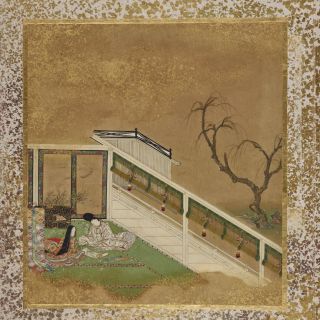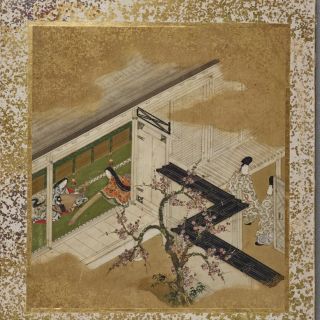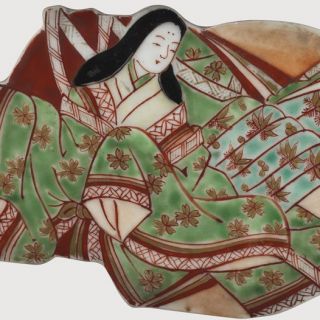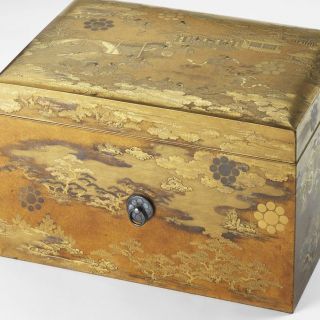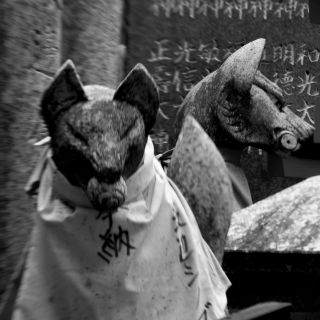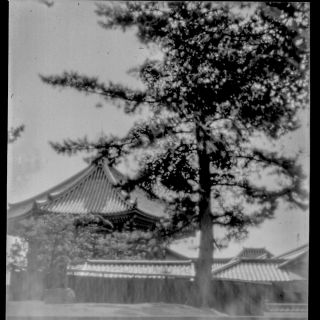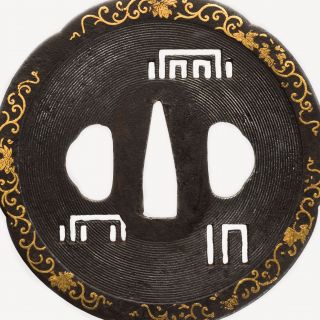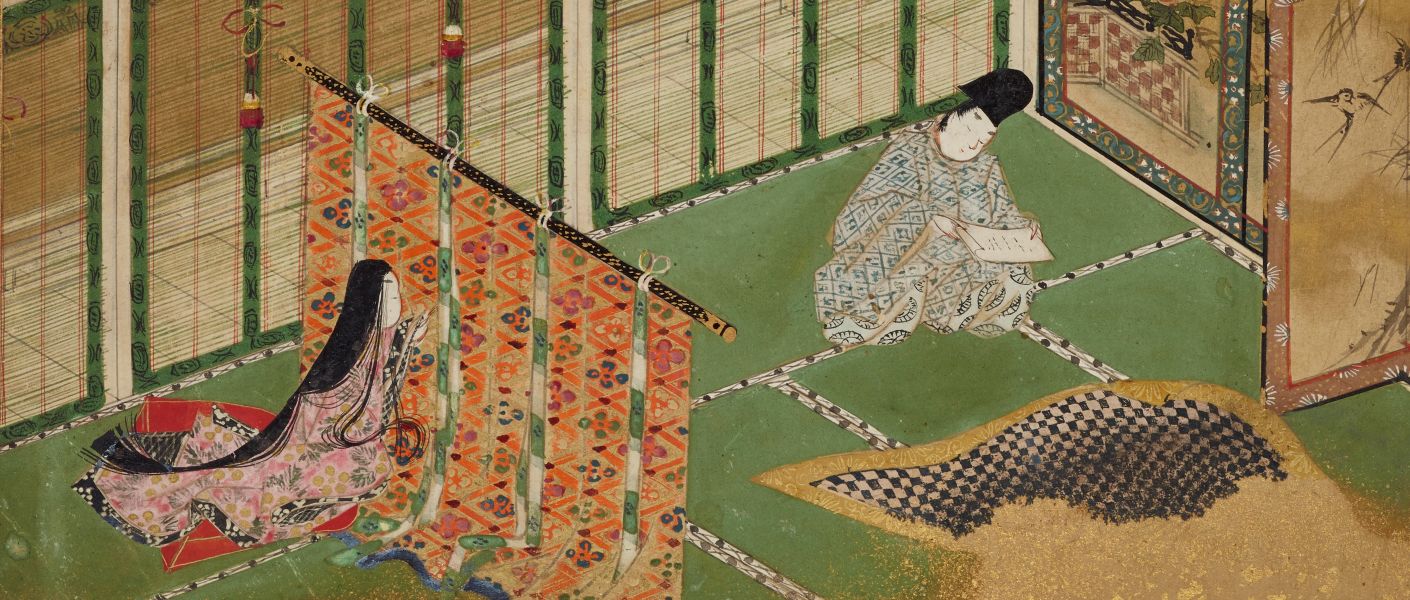In Search of Prince Genji - Japan in Words and Images
In Search of Prince Genji - Japan in Words and Images is the next show in a series of exhibitions presenting traditional Asian art from the collection of the Ferenc Hopp Museum of Asiatic Arts alongside Hungarian contemporary artworks. Its focal point is the aesthetic ideal of traditional Japanese art and its reception in Europe.
Referred to as the world’s first novel, Genji monogatari (The Tale of Genji) is considered as one of the most important literary works of the world. Written in the early eleventh century by Murasaki, a lady-in-waiting at the Japanese royal court in the Heian period, the book recounts the adventures of a fictional character, the shining Prince Genji, in 54 chapters. The attribute ‘shining’ or ‘radiant’ (in Japanese: “Hikaru”) is an allusion to the refined intellect, taste and demeanour of prince Genji as well as to his other-worldly beauty. Despite being a fictional piece, it records in detail the customs of the Japanese royal court as well as the culture and etiquette of the Heian period. Although Genji monogatari was written for the entertainment of the court circle of Lady Murasaki, the author’s sophisticated ability of observation and meticulous description made the novel one of the main chronicles of medieval Japan. Thanks to the repeated modernisation of the Japanese text, the tale of the shining prince remained alive in contemporary Japanese culture, in a way that can only be matched to the Bible or ancient Greek myths in Europe.
The perfect beauty of Prince Genji and that of his world represents traditional Japanese aesthetic ideals. Ever since the novel’s appearance, its various scenes have been widely depicted in paintings, woodcuts, lacquer works, ceramics,, and other art forms (photography, theatre) have also used it as a precious source. The collection of the Ferenc Hopp Museum of Asiatic Arts preserves many artefacts, ranging from the late seventeenth century until today, that retell the story of Genji in either a narrative or symbolical way. Creating a balance between image and text, the current exhibition aims to show the novel’s uninterrupted presence in Japanese culture, while also displaying Hungarian artworks in order to illustrate its inspirational role in world literature and fine arts.
Our exhibition wishes to present The Tale of Genji on several levels. It provides information about Lady Murasaki, the novel’s author, as well as about the structure of the text, the main events and the characters of the story. The importance of Genji pictures in Japanese visual arts are illustrated by narrative (yamato-e), symbolic, and parodistic (mitate) depictions. Games linked to the Genji monogatari (and how they were payed) in early modern Japan are shown through various artefacts. By walking through the halls visitors will learn about the artist of the highly valuable Genji album in the museum’s collection, about the structure of Japanese poems, or waka, and an entire set of Genji karuta (a 108 piece card deck) from the early nineteenth-century can also be seen.
The closing section of the exhibition is a double homage: the atmosphere of the old imperial capital, Kyoto, will be conjured up in words by László Krasznahorkai and in photographic images by Zoltán Gaál. Image and text are linked as closely in the presentation of the Hungarian works as they were in the earliest Genji manuscripts.
The exhibition is accompanied by a Hungarian and English catalogue including essays by several authors and rich in reproductions. Besides the studies on literary, photographic and art history, the volume contains a summary of the monumental novel (some 1,500 pages) about prince Genji. Each chapter of the story is illustrated by the corresponding picture of the Genji album of the Ferenc Hopp Museum of Asiatic Arts, thus publishing the work in its completeness.
You can download Incense Album, A Visitor’s Guide to the Exhibition here.
Gallery
